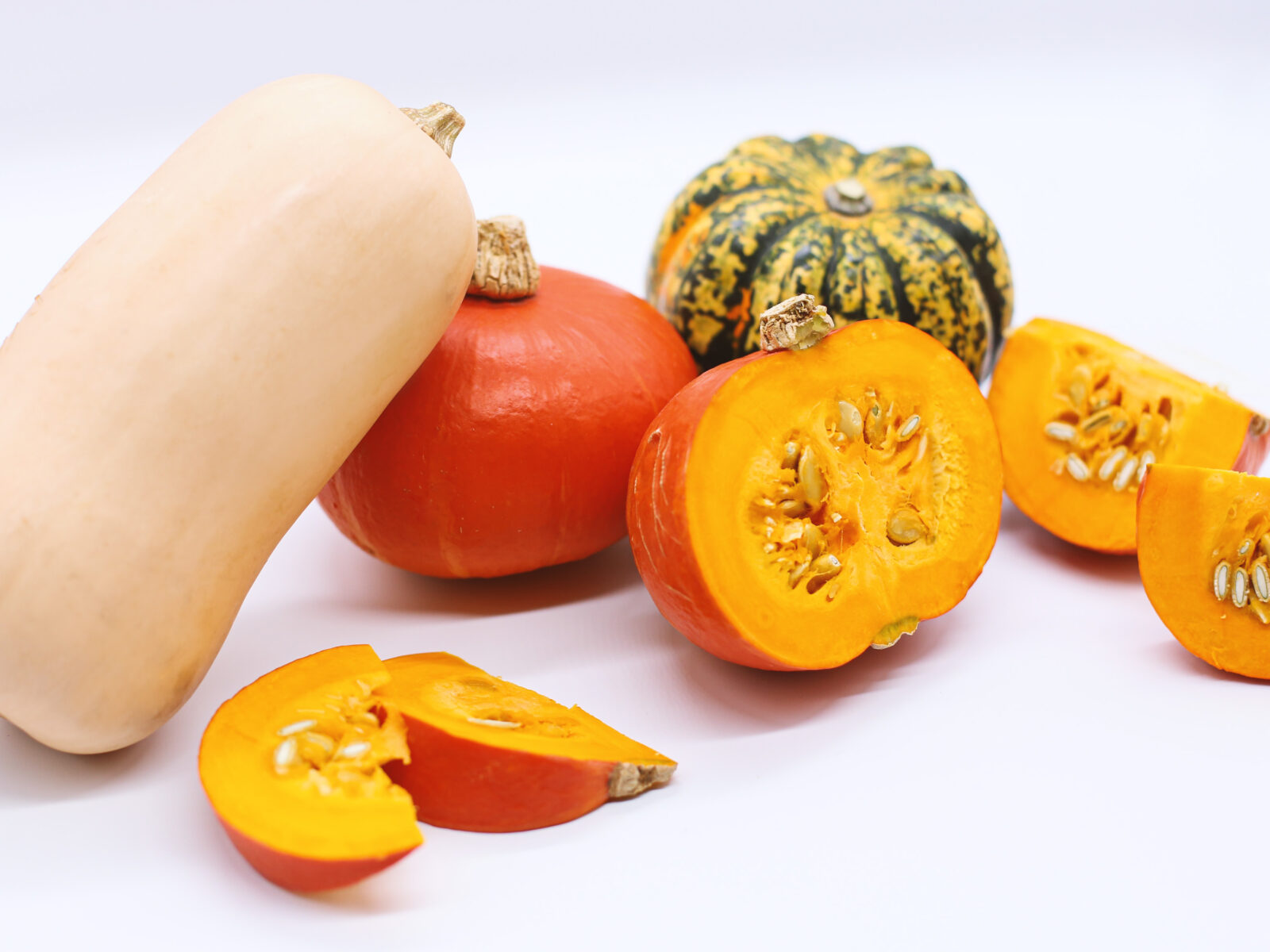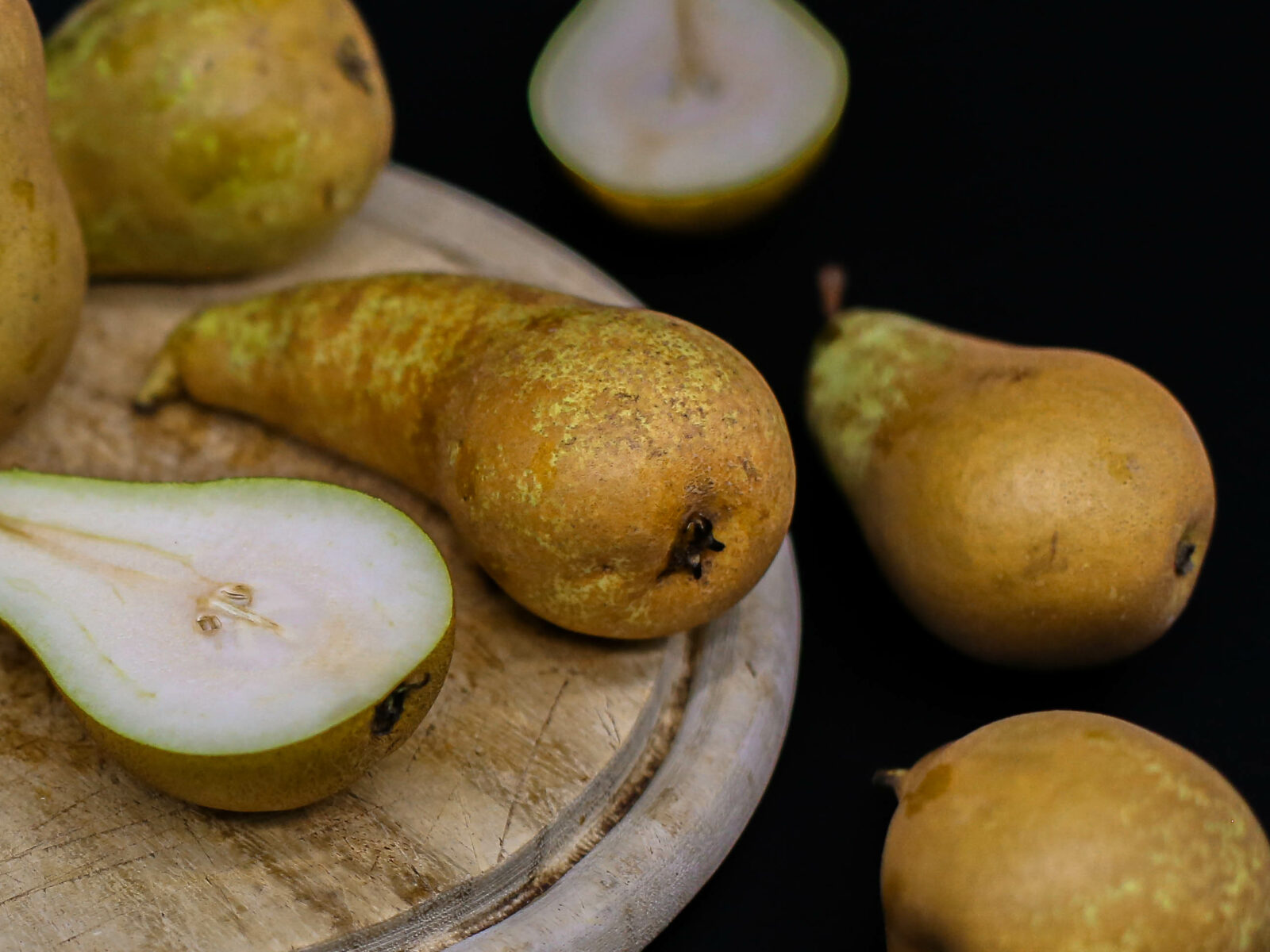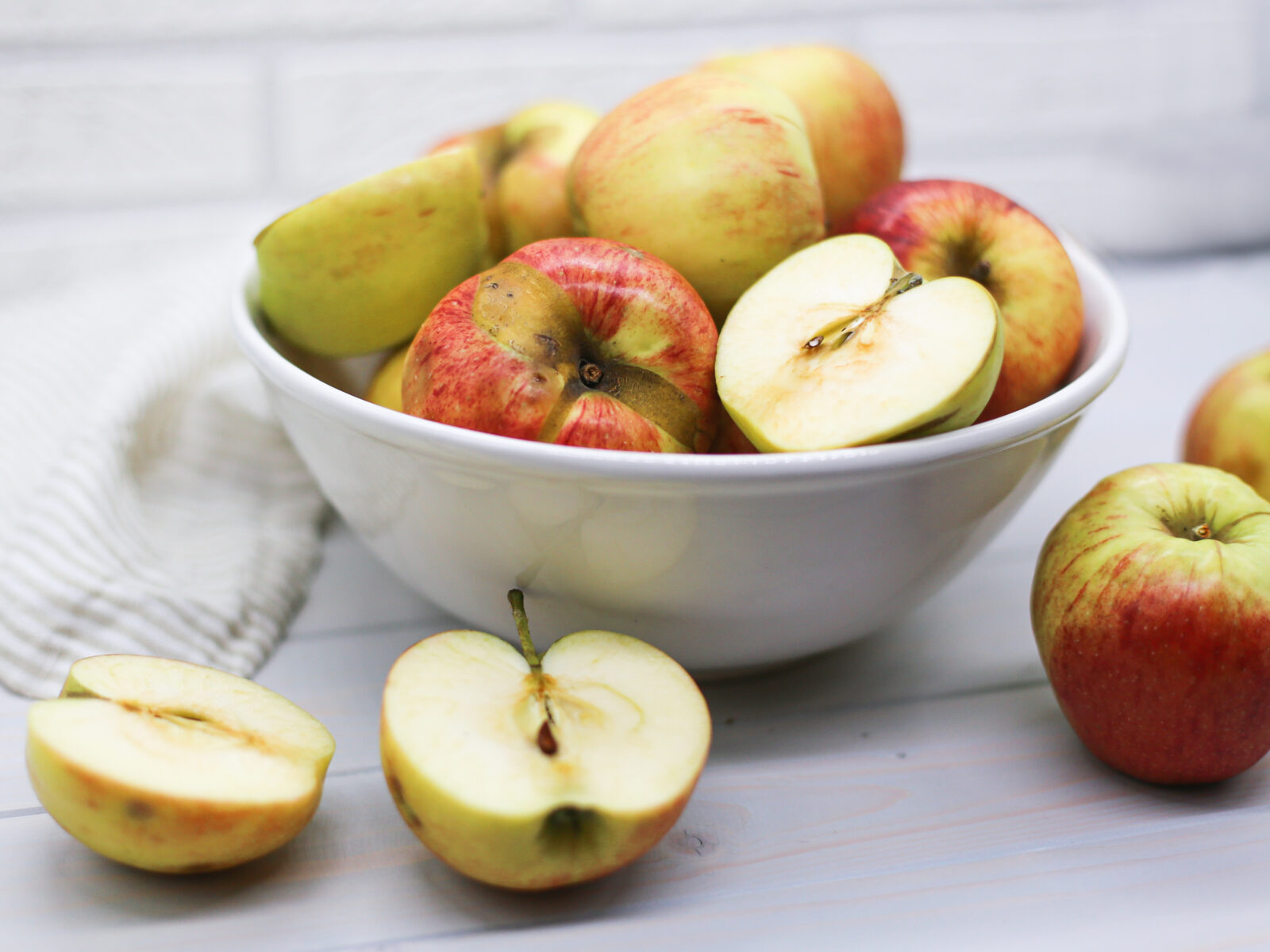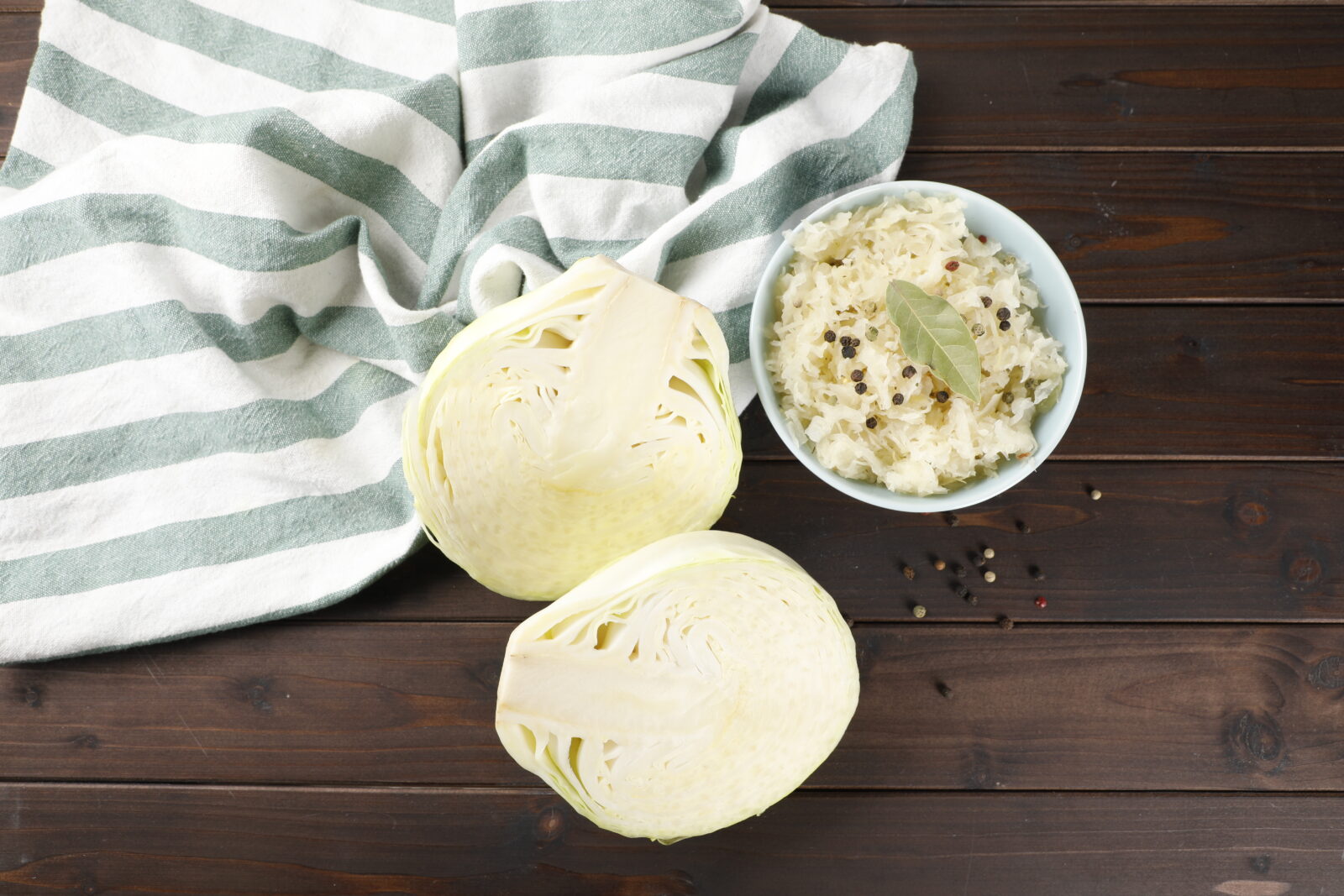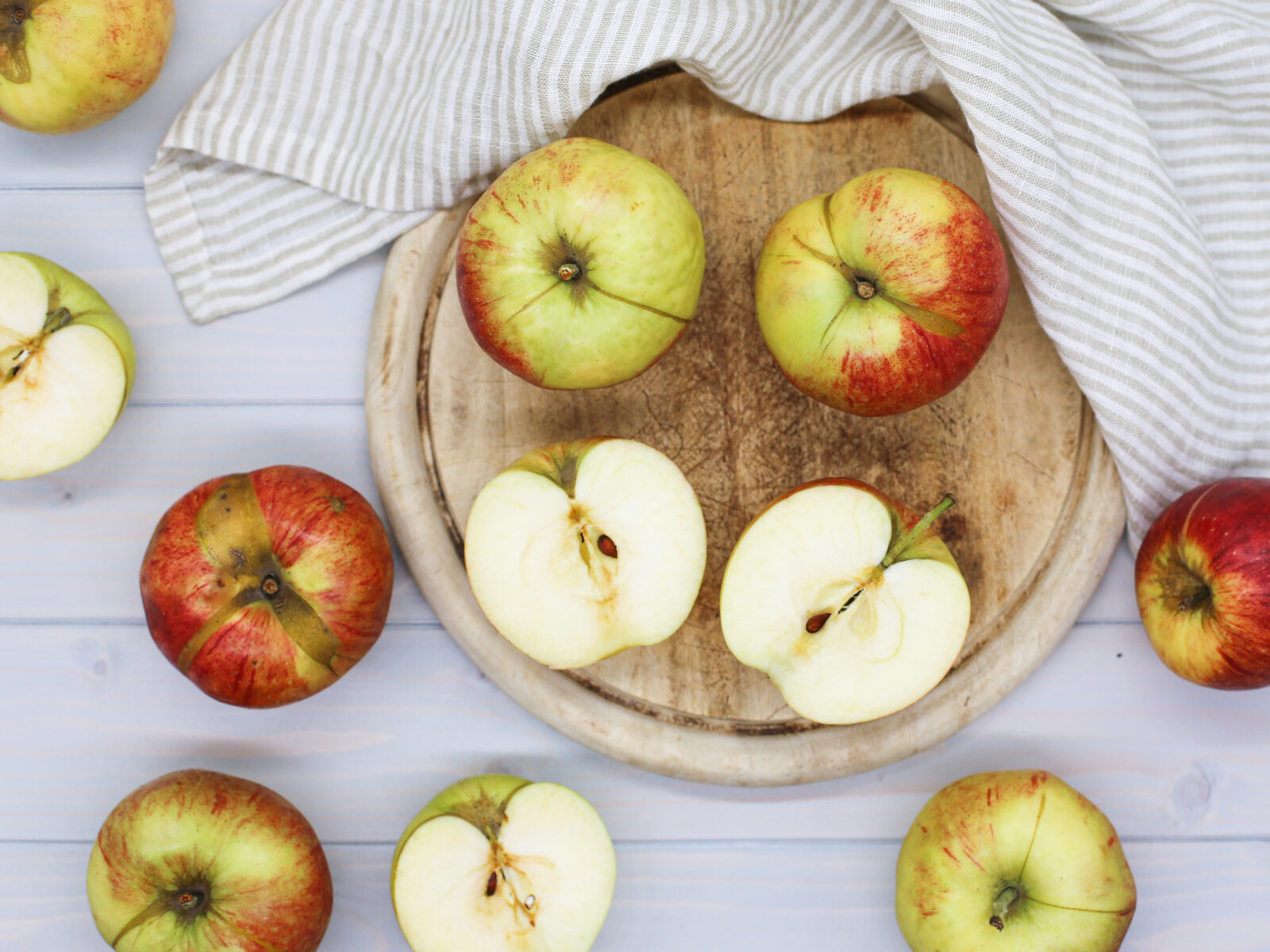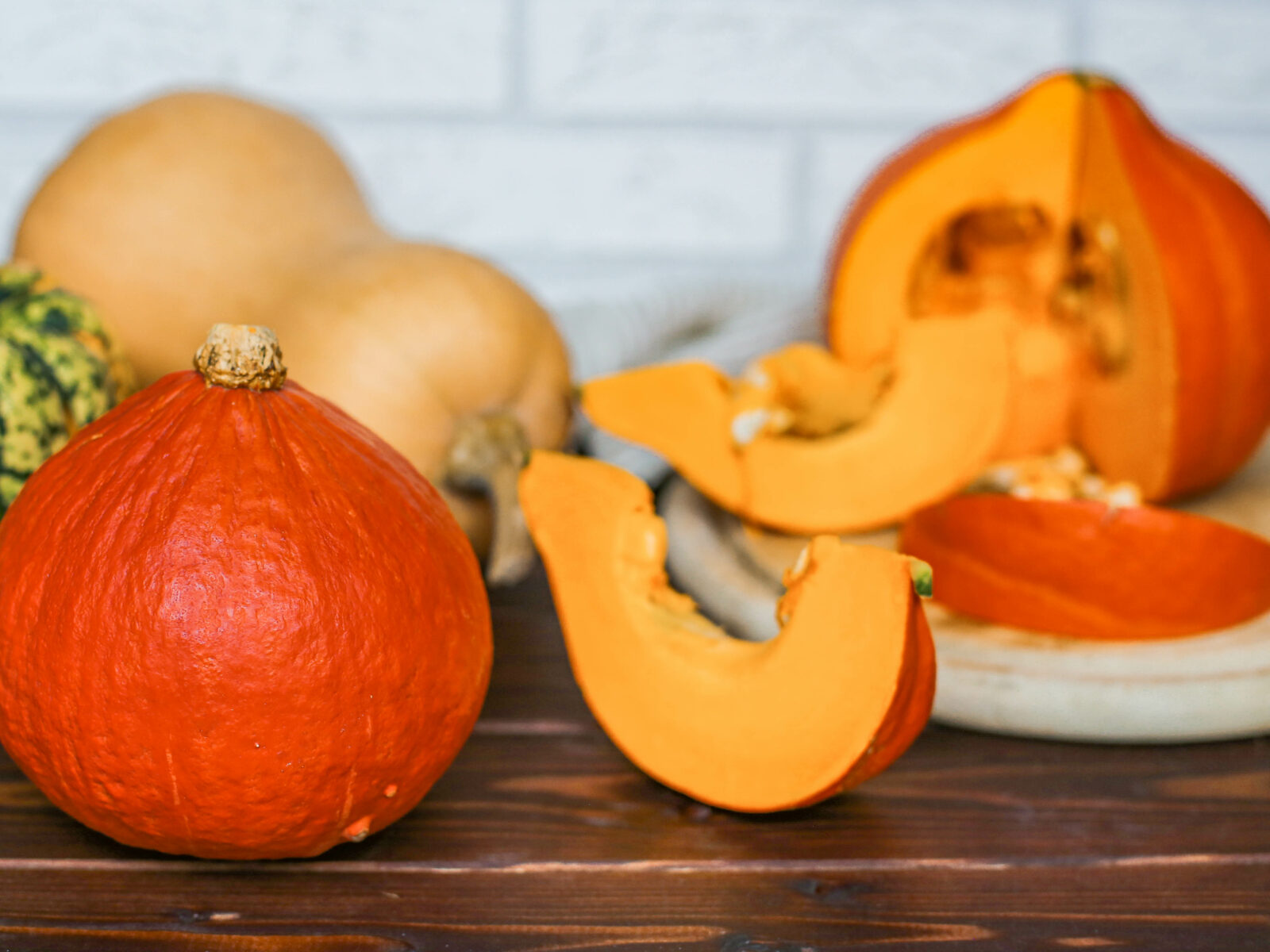
Allen von uns ist diese Jahreszeit nur zu bekannt – Leute, die hektisch im Internet nach Kürbissuppe- und Spice-Latte-Rezepten suchen. Aber dieser Gewimmel beschränkt sich nicht nur auf das Internet. Kennst du zum Beispiel das alljährliche Kürbisfest, das seit 1971 jedes Jahr in Kalifornien stattfindet?
Cucurbita maxima
Diese Veranstaltung ist weltweit bekannt für ihre Hauptattraktion – die Riesenkürbisse – Früchte der Kürbisart Cucurbita maxima. Wie der Name schon vermuten lässt, können Vertreter dieser Sorte wirklich beeindruckende Grössen erreichen. Aber welches Gewicht wird dich wirklich beeindrucken? Kannst du dir zum Beispiel einen Kürbis von 100 kg vorstellen? (Wir fragen uns, wie viele Lattes und Suppen du aus einer so grossen Frucht machen kannst).
Seit 1970 werden die Rekorde routinemässig gebrochen. Und jetzt aufgepasst: Zu Beginn des Festivals lag das Ausgangsgewicht der Früchte bei 181 kg. Der letztjährige Rekord lag bei rund 1190 kg! Jedes Jahr schlagen die Zahlenwellen höher und ein Ende ist nicht in Sicht. Anhand Berechnungen von Wissenschaftlern könnte ein perfekter Kürbis potenziell zu einem 9100 kg schweren Monster heranwachsen, ohne zu zerbrechen! Wow.
Zeit die (kleinen) Monster zu verschlingen
Das kann nur eines bedeuten – einen ganzen Kürbis zubereiten. Am einfachsten ist es sicherlich, ihn 2 Stunden lang im Ofen bei 180 °C zu backen. Aber bevor du ihn hineinlegst, vergiss nicht, ihn noch schmackhafter zu machen. Und so geht’s: Zuerst mit einem scharfen Messer den Deckel entfernen, Kerne und Fasern herauskratzen und die Frucht beiseitestellen.
Etwas Butter schmelzen, eine grosse gehackte Zwiebel und 3 Knoblauchzehen darin anbraten. Füge 6-8 Speckstreifen hinzu und brate sie bei mittlerer Hitze, bis das Fett ausgeschmolzen ist. Gib dann 3 Tassen Paniermehl und einige gehackte Salbeiblätter hinzu, um einen fantastischen Geschmack zu erzielen. Aus der Pfanne nehmen und mit 240 g Schweizer Käse mischen. Alles mischen, den Kürbis füllen und dann 250 ml Rahm darüber giessen, um die Füllung zu bedecken. Lege den Kürbis auf ein Blech, decke ihn mit dem ausgeschnittenen Deckel zu und dann ab in den Ofen!
Nach 2 Stunden wirst du von der Zartheit, dem Aroma und Geschmack überrascht sein, den dir dieser Kürbis beschert.

